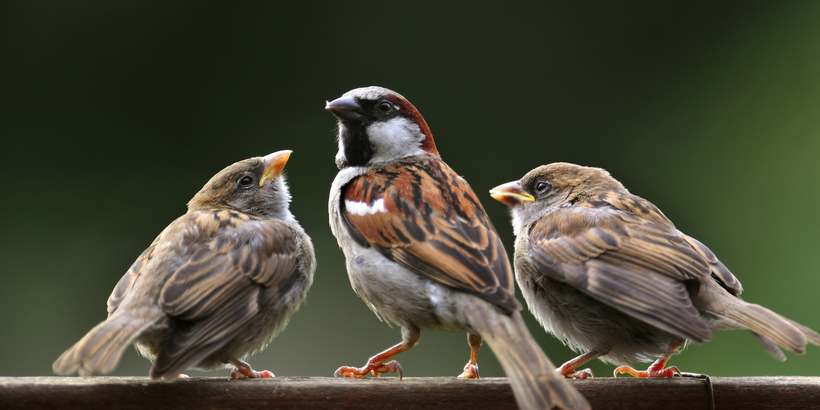Global warming is causing some bird species to shrink, a study has suggested.
Researchers in Chicago have found that sparrows and thrushes have become smaller over the past four decades. Their wings, however, have become slightly longer.
The findings are based on more than 70,000 birds that were examined after dying from flying into windows since 1978. Body size in all 52 species had been reduced while the wing length increased in 40 of them.
Scientists from Michigan University and early-bird volunteers gathered the carcasses each morning at the foot of buildings in the city. The study, published in Ecology Letters, is the biggest of its kind.
Brian Weeks, the lead author, said that the reduction in size was consistent. “I was surprised that all of these species are responding in such similar ways,” he said.

Every night during the spring and autumn migration seasons, birds flying through Chicago run into the windows of the city’s skyscrapers. Previous research in other animals has identified the same phenomenon but not on such a scale. Studies of plant and animal response to climate change often focus on shifts in the geographical range of a species or the timing of flowering and migration.
Dr Weeks said: “It’s clear there’s a third component — changes in body size and shape — that’s probably going to interact with changes in range and changes in timing to determine how effectively a species can respond to climate change.”
David Willard, a co-author and ornithologist at the city’s Field Museum, measured the lower leg bone, or tarsus, the body mass and the lengths of the bill and wing of each specimen.
The tarsus was reduced by 2.4 per cent across the species while wing length showed an average increase of 1.3 per cent. Those with the fastest shortening legs had the most rapid gains in wing length. Researchers also found that body size decreased significantly as the summer temperatures increased.
Dr Willard said: “When we began collecting the data we were addressing a few simple questions about year-to-year and season-to-season variations. The phrase ‘climate change’ was barely on the horizon. The results from this study highlight how essential long-term data sets are for identifying and analysing trends caused by the changes in our environment.”

